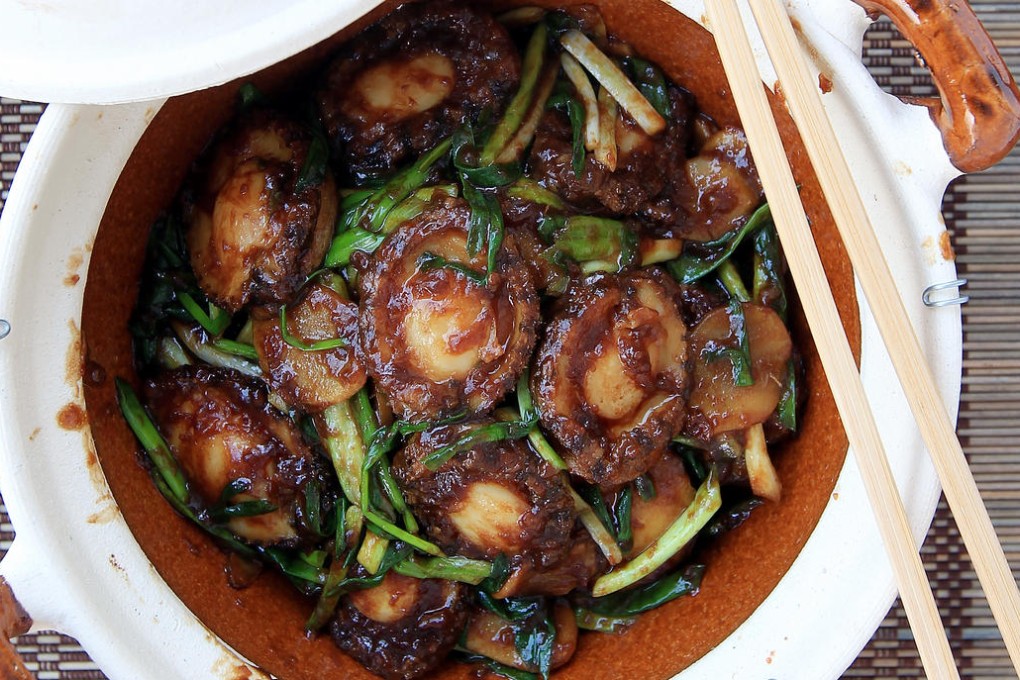Lunar New Year recipes: abalone with ginger, and faat choi jai
Welcome the Year of the Snake with these traditional, comforting dishes

Many dishes are served during Lunar New Year because they're believed to bring good fortune in the months that follow. I'm not convinced that eating these dishes will bring me health and wealth, but they certainly make me happy.
There's a big difference between fresh abalone and the dried stuff. While the latter is very expensive to buy and time-consuming to prepare, fresh abalone is reasonably priced (although not exactly cheap) and it cooks quickly. Buy the abalone as close as possible to the time you're going to cook it, and have the seafood vendor clean it.
Slice the ginger across its fibres into pieces about 2mm thick. Cut the spring onions into 5cm lengths. In a bowl, mix together the oyster sauce, soy sauce and rice wine. Dissolve about two heaped tablespoons of cornstarch in about 60ml of cool water (the exact amounts don't matter because you won't need all of the mixture; it's used to thicken the sauce).
Heat a wok over a high flame and add about 100ml of cooking oil. When the oil is very hot, add the spring onion and stir-fry very quickly, so it's slightly blistered but still bright green. Scoop the onion from the wok, leaving behind most of the oil, and drain the pieces on paper towels. Heat the oil again, add the ginger and stir-fry constantly for about 30 seconds, until the slices are slightly browned and blistered. Scoop the ginger from the wok and drain on paper towels. Pour off all but about 15ml of cooking oil from the wok.
Place the wok over a medium-high flame. When it's hot, add the abalone and the ginger and stir-fry briefly, then stir in the sauce mixture. Lower the heat, cover the wok with the lid and simmer the ingredients for one to two minutes, or until the abalone is almost cooked. Remove the lid and turn the heat to medium-high. Stir the cornstarch/water mixture, then drizzle it in slowly while constantly mixing the ingredients in the wok. Add just enough cornstarch so the sauce lightly coats the abalone and ginger. Stir in the spring onion, cook for about 30 more seconds then put the ingredients on a serving dish. Serve immediately.
I didn't like this dish when I was very young because the flavours are so rich and complex, but I love it now. The ingredients list looks daunting, but after all the dried products are soaked and sliced, the dish is quite easy to cook. It can be made in advance and reheated - just add some water if it thickens too much.
